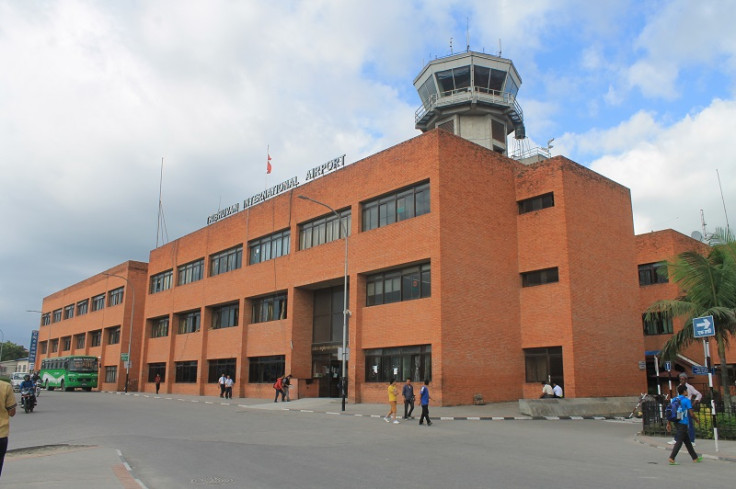Nepal Earthquake: Big jets carrying aid banned from landing at country's only international airport

Nepal's international airport has been forced to partially close, to stop aircraft bringing in aid damaging its only runway.
Birendra Shrestha, the manager of Tribhuwan International Airport said that large planes have been banned from landing at the airport, because its single, concrete runway was deteriorating.
The airport's 3,000m runway was built to handle medium-sized jetliners, rather than the large military and cargo planes that have been landing there since the 7.8-magnitude earthquake struck on 25 April.
Officials have confirmed that small and medium-sized planes will still be allowed to land at the airport.
Tribhuwan International Airport is located 6km (3.72 miles) from Kathmandu. Its first runway was a 1,140m long strip of grass. In 1957 it was laid out in concrete, and over the next two decades it was extended to its current length of 3,000m.
The airport has two terminals, and only can only allow nine planes to park at any time.
Climbing continuing
Despite Nepal's struggle to rebuild Nepalese officials have said that climbers will be able to resume ascending Everest within the next few days, according to the BBC.
The earthquake destroyed many of the fixed ladders and climbing ropes used by climbers ascending the mountains. Sherpas have told to replace the ladders and ropes, so that Everest can be reopened to climbers.
The decision whether to re-open Everest to climbers has not been made yet.
Tourism is the largest industry in Nepal, and the country's biggest source of foreign income and revenue.
Aftershock
Aid has been slow to reach areas where it is needed. On Saturday (2 May) UN officials stated they were fears that disease will rapidly spread in the areas affected by the quake, and that more helicopters are needed to deliver aid.
More than 70 aftershocks, including one registering 6.8 on the Richter scale, have struck Nepal since the first earthquake.
On Sunday (3 May) Nepal's government said that the earthquake killed 7,040 people, and has injured at least 7,000 more citizens. One village, Sindupalchok, recorded 2,560 fatalities, compared to 1,622 in Kathmandu.
Despite a series of near-miraculous rescues, Laxi Dhakal, a Home Ministry official, has said there is little hope finding any more survivors.
© Copyright IBTimes 2025. All rights reserved.





















